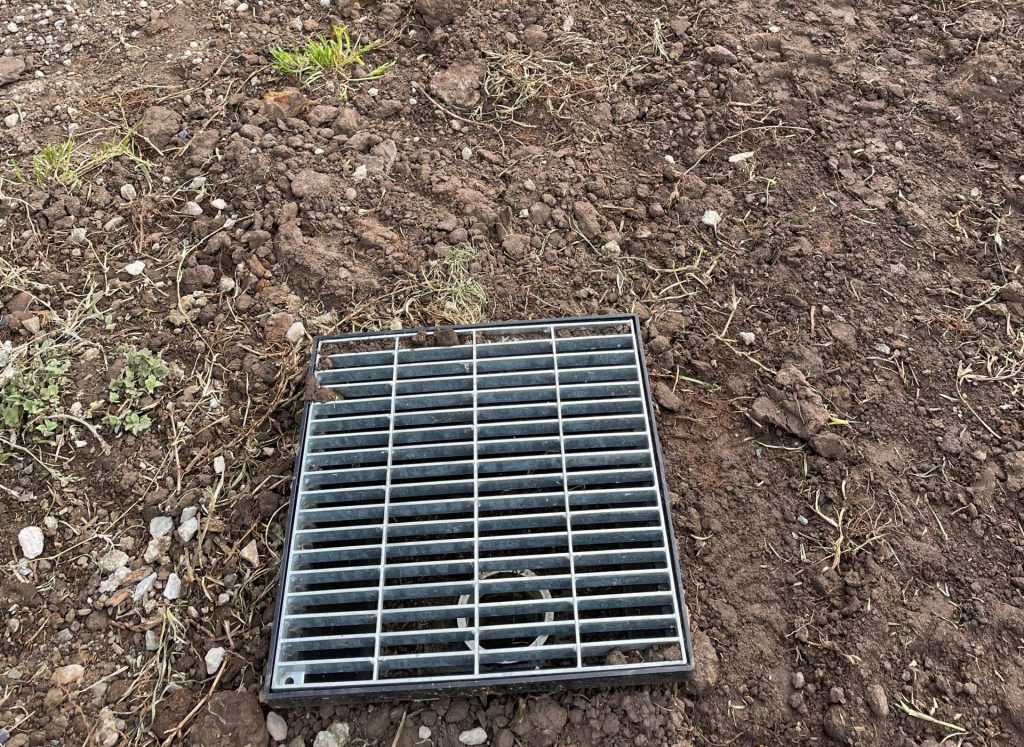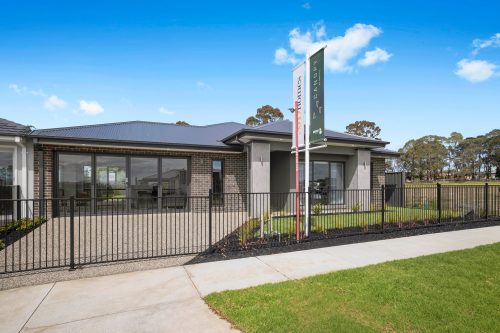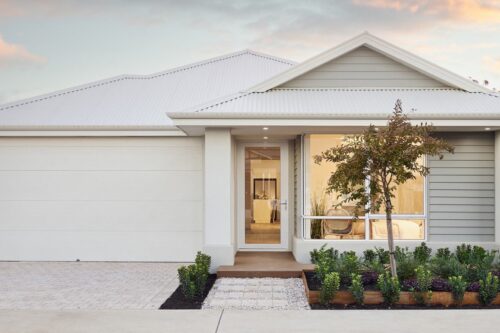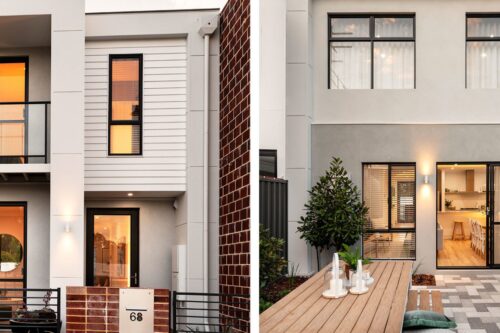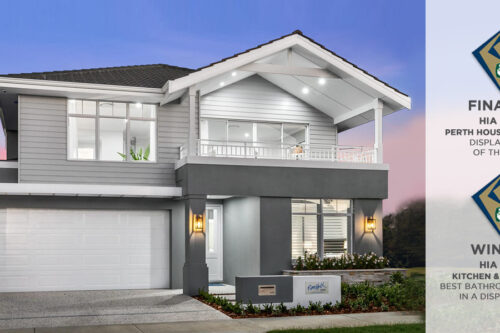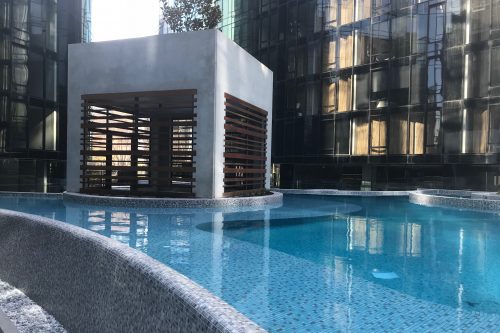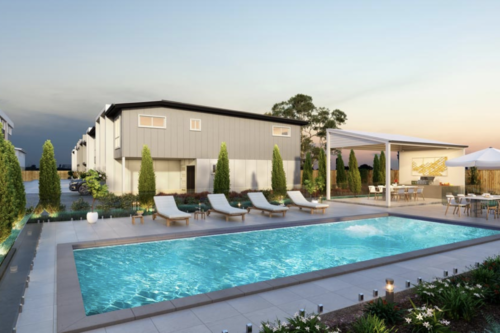Our experience and close working relationship with Local Councils and Shires ensures that our stormwater drainage designs adhere to relevant criteria whilst providing the most efficient solution for your application. Whatever your ground conditions, we can provide cost-effective solutions for single and multi-unit developments.
What is stormwater and stormwater drainage system?
Stormwater is water that results from rainfall over a catchment. A stormwater drainage system is the roof, surface and subsoil drainage system on the property used for the collection and conveyance of the stormwater to the point of connection to the external stormwater drainage network.
Why is a stormwater drainage system important?
- Undeveloped land that is mostly flat will be uneven with multiple “ponds” on site. When it rains, these little ponds will collect water and then evaporate in the sun. This is not ideal as it affects the soil moisture which in turn may affect any structures close to it. It may also smell and allow insects like mosquitoes to breed during rainy periods.
- Developed land has many impervious surfaces such as roofs, driveways, pavement, roads, etc. This stops stormwater from infiltrating into the ground and the water will flow downstream instead. Because of this, councils will impose Permissible Site Discharges, this is an allowance for each house to limit their flowrate and avoid flooding downstream catchments or overload relevant authorities’ stormwater drainage system.
- If not managed correctly with a proper drainage design, stormwater can lead to flooding and ponding. If this occurs close to the home the slab, walls and ceiling are at risk of cracking.
What elements need to be considered in the process?
- Soil classification (AS2870 – A, S, M, H, E and P)
- Local Authority design criteria (storm event and duration)
- Permeability
- Groundwater level
- Finish floor level
- Overland flow path
- Location and level of the legal point of discharge
Types of stormwater management
What is the difference between on-site detention (OSD) and retention (OSR)?
Detention is the holding of stormwater runoff during storm events and then releasing it slowly to reduce peak flow rates when discharging to the Local Authority stormwater drainage network into natural or artificial watercourses. Whereas, with retention, stormwater runoff is held permanently to be reused on-site for domestic or industrial needs and only allowing storage overflow to be connected to the legal point of discharge.
What is a soakwell?
A soakwell is an underground permeable tank to allow for stormwater to dissipate into the soil. This can only be used in sandy sites with adequate percolation rates.
What info is required on the design drawing?
- Reference to the Geo or Site Inspection Report or percolation test.
- Design Calculations for ARI and storm duration
- Tank sizes and locations
- Pipe sizes, lengths, invert levels and grades
- Falls in paved areas
- Soakwell details
- Other relevant details as required

A typical residential site surface drainage plan
Where does Structerre come in?
Our experienced team provides simple drainage designs to remove roof and surface waters away from the house, these are most commonly used during the building process for a new home. We also offer ‘Full designs’ to meet specific council requirements, these include more site-specific solutions such as pumps, underground storage pipes, above-ground storage, etc.
Our team has extensive experience in designing stormwater drainage systems and can provide solutions for a huge array of projects. Contact us today to learn more.

